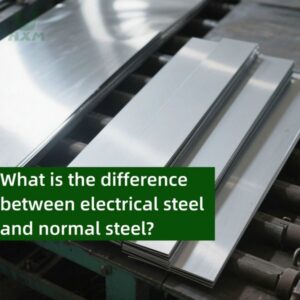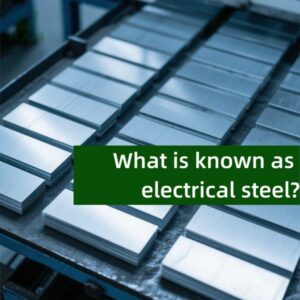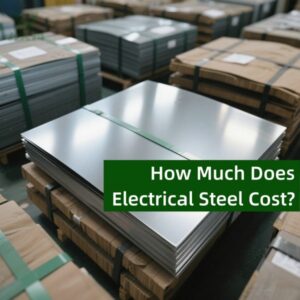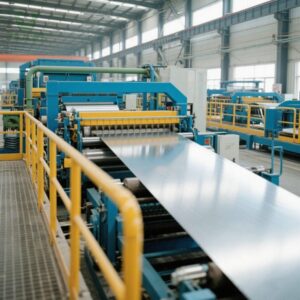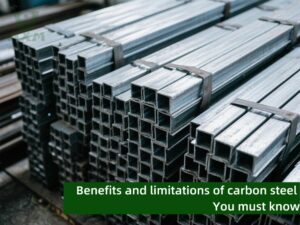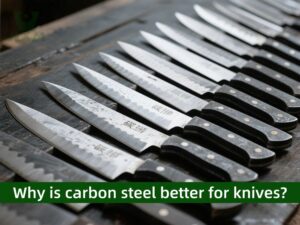Does Carbon Help Prevent Rust?
- August 19, 2024
- 9:50 pm
- 1158
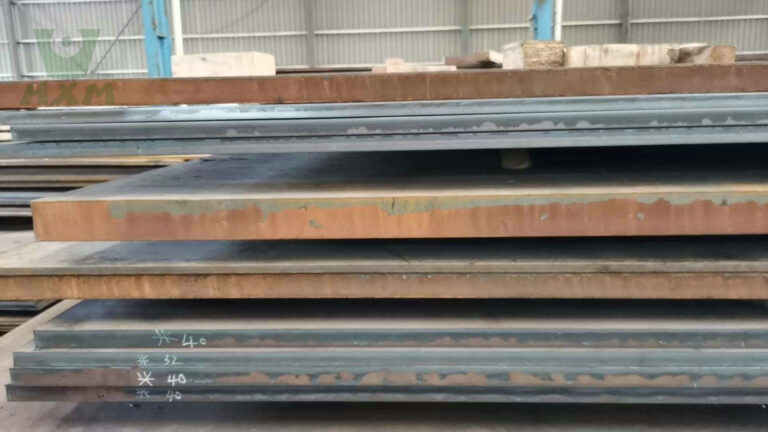
Rust, also known as iron oxide, forms when iron or its alloys, such as steel, are exposed to moisture and oxygen over time. Preventing rust is crucial for maintaining the integrity and longevity of metal components. Carbon plays a significant role in steel and other iron alloys, but its impact on rust prevention is complex and multifaceted.
1. Role of Carbon in Steel
Steel is primarily an alloy of iron and carbon, with the carbon content typically ranging from 0.02% to 2.1% by weight. The addition of carbon to iron results in a harder and stronger material. The carbon atoms in steel influence its crystalline structure, contributing to its mechanical properties, such as strength, hardness, and wear resistance.
2. Carbon’s Direct Impact on Rust Formation
Carbon itself does not directly prevent rust. The rusting process primarily depends on the exposure of iron to oxygen and water. Since carbon is a non-metal and does not react with oxygen and water in the same way that iron does, its presence in steel does not inhibit the rusting process.
In fact, the presence of carbon in steel can indirectly influence rust formation. For example:
- High Carbon Steel: High carbon content can increase the hardness and brittleness of steel, making it more susceptible to cracking. These micro-cracks can expose more surface area to the environment, potentially accelerating rust formation.
- Low Carbon Steel: Low carbon steel is more ductile and less prone to cracking, which can reduce the risk of rust formation by limiting the exposure of fresh iron surfaces to the environment.
3. Alloying Elements that Work with Carbon
To effectively prevent rust, steel is often alloyed with other elements that work in conjunction with carbon. Some common elements include:
- Chromium: The most crucial element for rust prevention, chromium forms a passive oxide layer on the steel surface, protecting it from rust. Stainless steel, for example, contains at least 10.5% chromium.
- Nickel: Nickel enhances corrosion resistance by stabilizing the oxide layer formed by chromium.
- Manganese and Silicon: These elements help deoxidize steel during production, reducing the amount of oxygen that could contribute to rust formation.
In these alloys, while carbon contributes to the material’s strength and durability, the presence of elements like chromium and nickel is more directly responsible for preventing rust.
4. The Role of Carbon in Corrosion Resistance Strategies
- Carbon Content Optimization: In designing steel for specific applications, engineers balance carbon content with other alloying elements to optimize both mechanical properties and corrosion resistance.
- Carbon in Coatings and Surface Treatments: Carbon-based coatings, such as carbon nanotubes or graphene, are emerging technologies that offer corrosion resistance. These coatings can act as barriers to moisture and oxygen, thereby preventing rust formation. Although not a traditional method, these carbon-based materials show promise in rust prevention strategies.
5. Conclusion
In summary, carbon does not directly prevent rust. However, its role in steel and other alloys is essential for determining the material’s overall mechanical properties, which can indirectly influence rust formation. Effective rust prevention in carbon steel relies on the strategic inclusion of other alloying elements, such as chromium and nickel, which create protective barriers against corrosion. Understanding the interplay between carbon content and other elements is key to developing materials that are both strong and resistant to rust.
No, carbon does not prevent rust. Rusting is a chemical reaction between iron, oxygen, and water. Carbon, when alloyed with iron to form steel, does not directly prevent this reaction. The role of carbon in steel primarily involves strengthening the metal, but it does not inhibit the oxidation process that leads to rust.
Several methods can prevent rusting, including:
- Alloying with Chromium and Nickel: Adding elements like chromium (as in stainless steel) forms a protective oxide layer that prevents rust. Nickel enhances this protective effect.
- Coatings: Applying protective coatings like paint, oil, or galvanization (zinc coating) creates a barrier between the metal and the environment.
- Cathodic Protection: This involves connecting the metal to a more easily corroded “sacrificial” metal, which corrodes instead of the protected metal.
- Environmental Control: Reducing exposure to moisture and oxygen, such as by using dehumidifiers or storing metals in dry environments, can also prevent rust.
Rust does not form on carbon because rust is specifically the oxidation of iron, forming iron oxide. Carbon is not reactive with oxygen and water in the same way as iron, so it does not rust. In pure form, carbon does not undergo the rusting process that affects iron and its alloys.
The best method to prevent rusting depends on the application, but alloying with chromium to create stainless steel is widely regarded as highly effective. Stainless steel’s chromium content forms a passive, protective oxide layer that shields the metal from rust. Other effective methods include galvanization, where a zinc coating protects the metal, and using protective coatings like paint or oil.
No, carbon is not prone to rust. Rust is specific to iron and its alloys. Since carbon is a non-metal, it does not react with oxygen and water in the same way, and thus it does not rust. However, when carbon is alloyed with iron to make steel, the iron component can rust if not properly protected.
Several factors can speed up rusting, including:
- Moisture: Increased exposure to water, especially saltwater, accelerates rusting.
- Oxygen: Higher oxygen levels increase the rate of oxidation.
- Acidic Environments: Acids can speed up rusting by increasing the electrochemical activity on the metal surface.
- Mechanical Stress: Stress or damage to a metal surface, such as scratches or dents, can expose more surface area to the environment, hastening rust formation.
- Electrolytes: Presence of electrolytes (e.g., salts) enhances the conductivity of water, accelerating the electrochemical reactions that cause rust.
Recent Blog
If you found this article good, feel free to share it on your other social media platforms.

